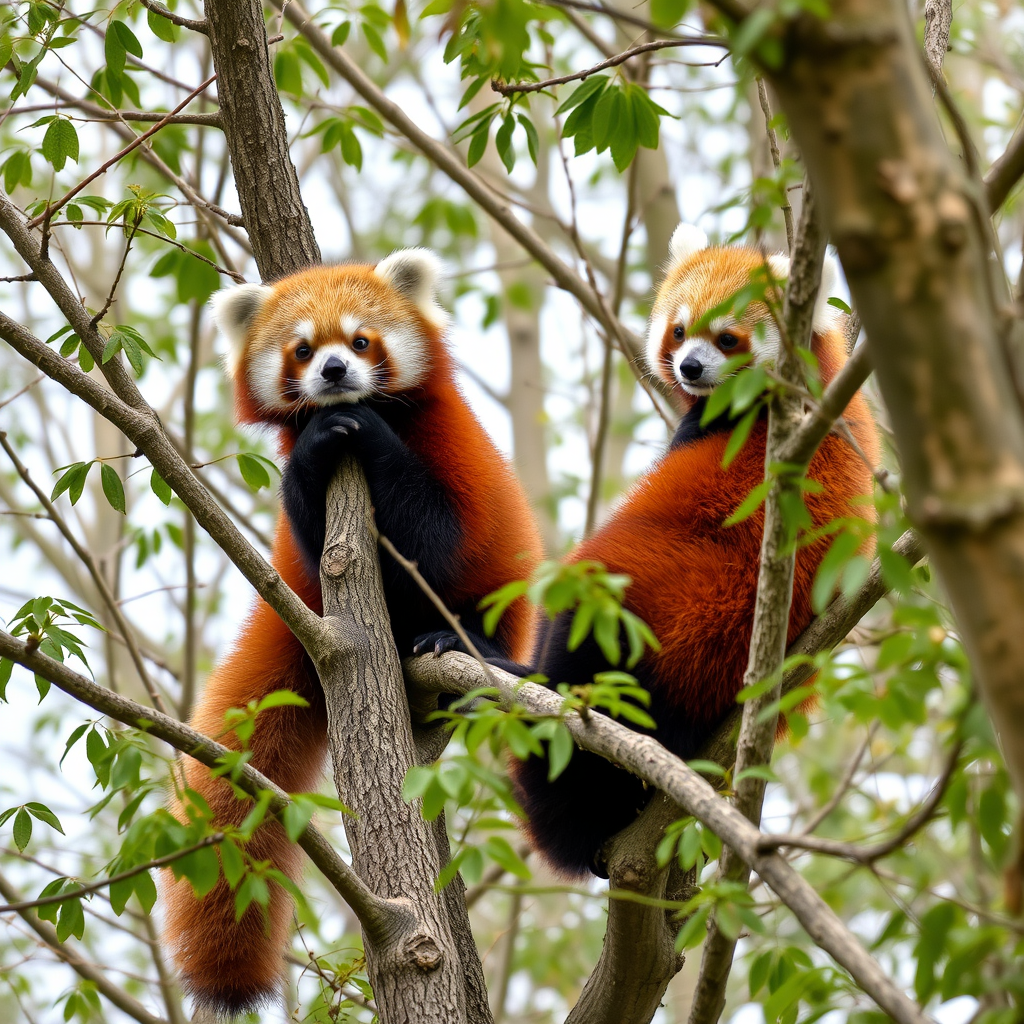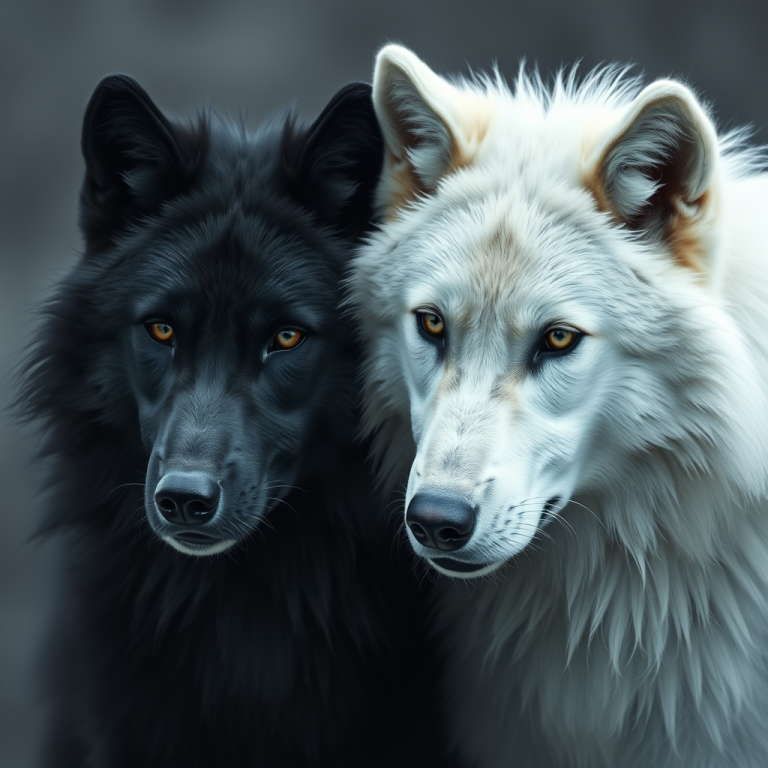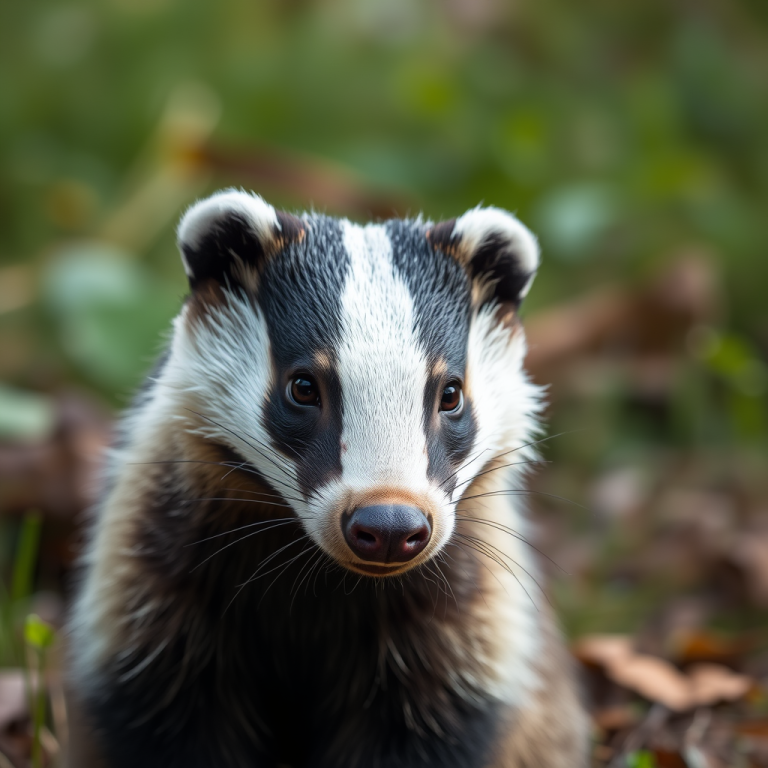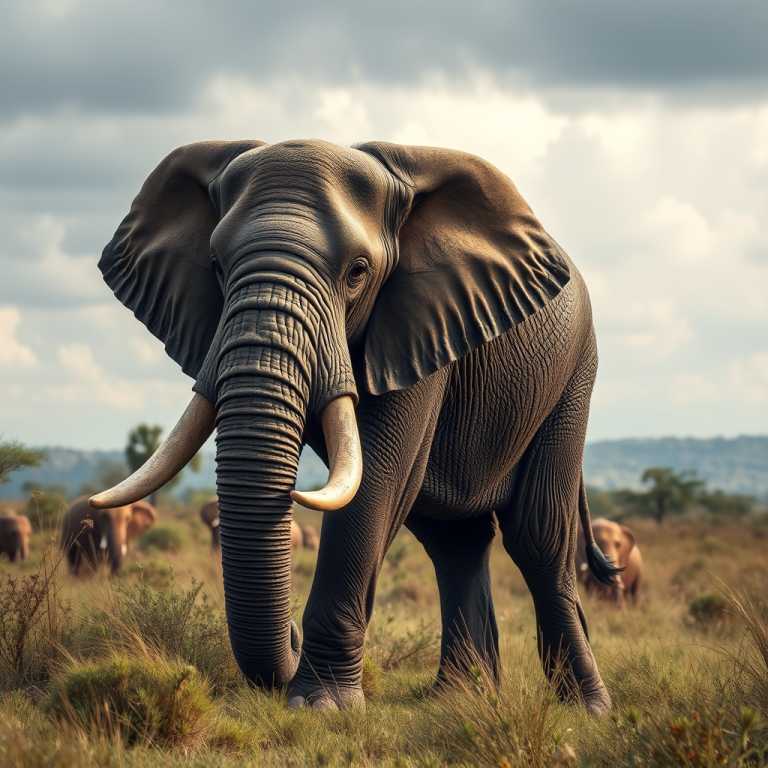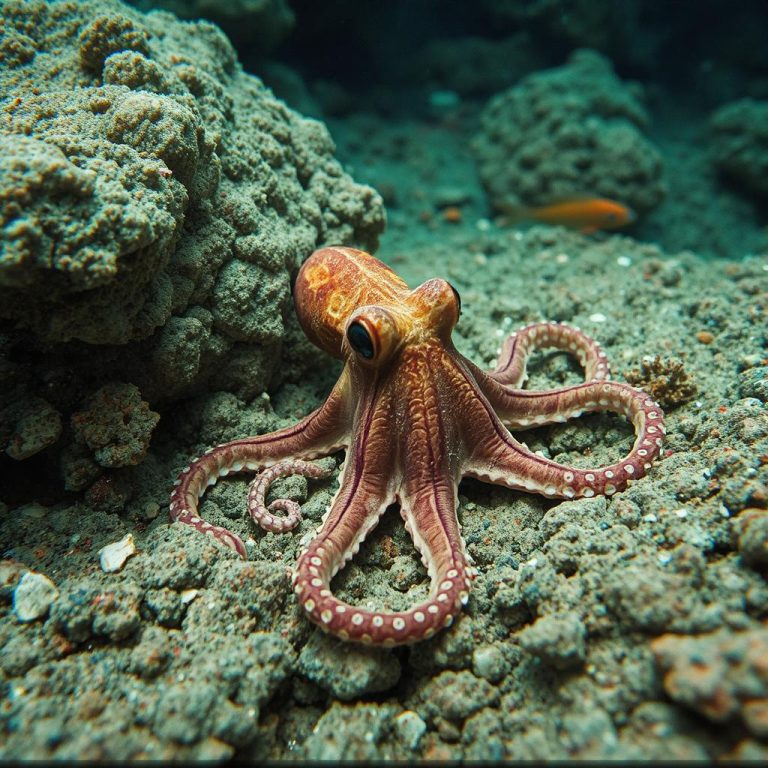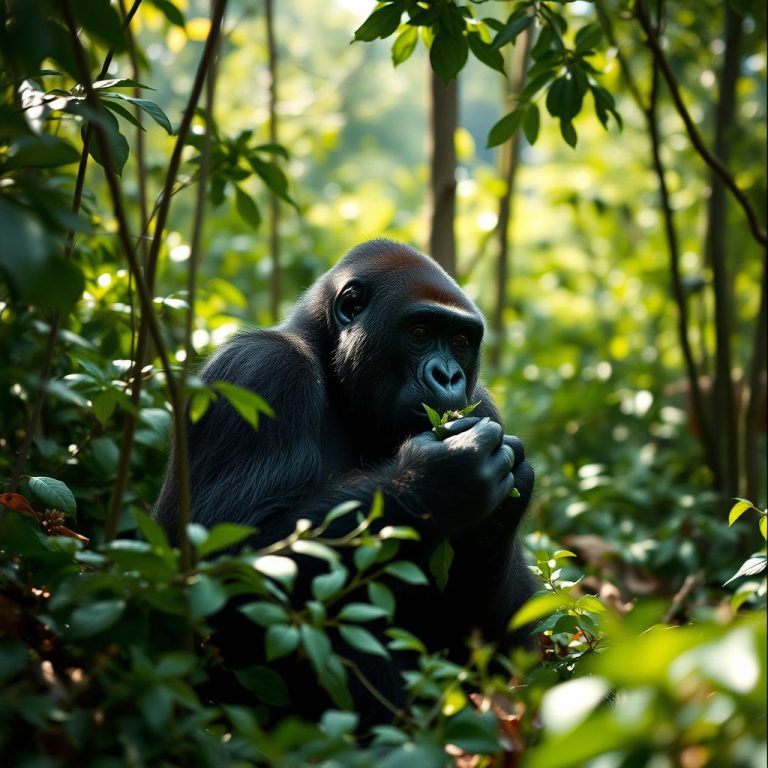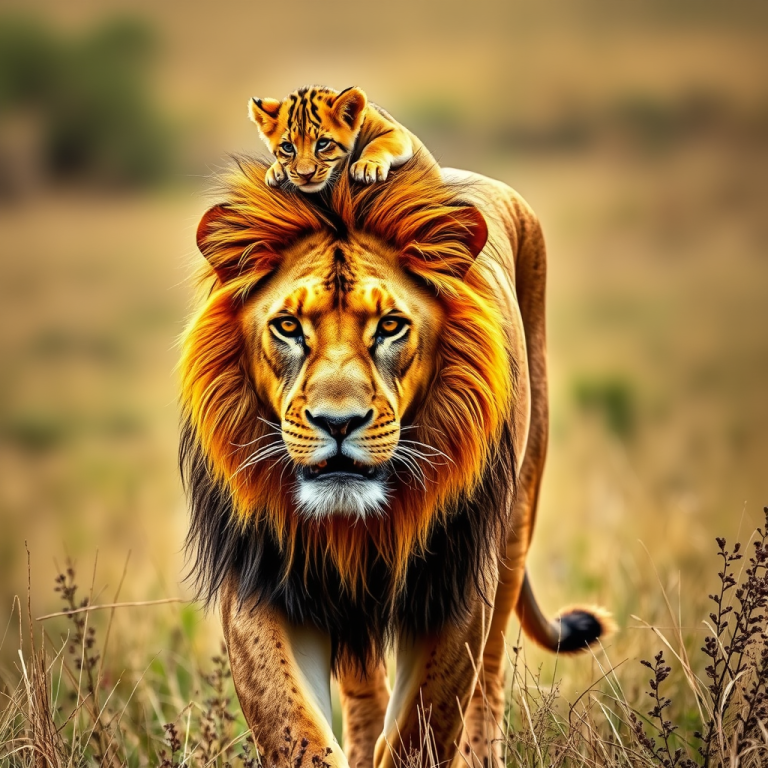Red Pandas: Playful Spirits in the Treetops
Red pandas don’t demand attention the way big cats or elephants do—but that’s exactly what makes them so special. With their round faces, bushy tails, and shy eyes, they move like soft shadows through the trees. But behind that quiet charm is a creature full of curiosity, energy, and an unexpected love for play. Whether they’re climbing, rolling, or just vibing in the branches, red pandas are more than cute—they’re full of personality.
Born to Climb, and Not Just for Survival
Red pandas are expert climbers. Their curved claws and flexible ankles let them scale trees like it’s second nature. But climbing isn’t just about safety—it’s a whole lifestyle. High up in the trees, red pandas find not only food and shelter, but their own peaceful playground. They’ll leap from branch to branch, hang upside down just because they can, and sometimes climb all the way up only to roll down in the most dramatic way possible. It’s not always about escape. Sometimes, they’re just having fun.
Tail-Twirling, Tree-Cuddling Energy
Their iconic fluffy tail—longer than their entire body—isn’t just for balance. They wrap it around themselves like a blanket during naps or swish it around when they’re excited. Young red pandas especially love to chase their own tails, swat at falling leaves, or bat a twig around like a cat with a toy. They’re full of little games only they understand, and when no one’s watching, they’re the masters of their own tiny forest world.
Snow? Yes Please.
Red pandas love snow more than you’d expect from such small animals. In colder climates, they become even more playful. Videos have shown them belly-flopping into snowbanks, hopping around like toddlers, or tossing snow around with their paws. The cold doesn’t slow them down—it just brings out a new side of their energy. A snowy day for a red panda is a chance to let loose.
Nap Like a Boss
Play takes energy, and red pandas definitely know how to balance it out. After a burst of activity, they’ll flop into the crook of a tree branch, curl up into a ball, and disappear into a nap like it’s the best thing in the world. Even the way they sleep is expressive—sometimes stretched out, sometimes wrapped tight with their tail covering their nose. Rest is part of the fun. They move in their own rhythm: explore, play, nap, repeat.
Playing With Their Food (Literally)
Red pandas mostly eat bamboo, but they’ll also snack on fruit, berries, and the occasional egg or insect. But food time doesn’t have to be boring. In zoos or protected parks, they’re often given enrichment items—like frozen fruit pops, puzzle feeders, or hidden treats. Watching a red panda figure out how to grab a snack from a spinning log or unroll a leaf bundle is a mix of brain game and reward. They enjoy the challenge as much as the food.
Not Always Solo: Quiet Companionship
Red pandas are usually solitary, but that doesn’t mean they hate company. When they’re paired with others—especially siblings or mates—they can be surprisingly interactive. They chase, wrestle, and mimic each other’s movements in ways that feel more like friendship than instinct. It’s not loud or dramatic, but it’s real. A little paw tap, a shared nap space, or a playful pounce says more than any roar ever could.
Final Thoughts
Red pandas don’t roar, sprint, or dominate the wild—but they don’t need to. Their quiet curiosity, playful energy, and unique charm make them unforgettable in their own way. They find joy in small moments: a perfect branch, a patch of snow, a dangling leaf. And maybe that’s what makes them so lovable. In a loud world, red pandas remind us how much magic lives in the quiet.
If you’re curious about the wonders of wildlife, stick around—there’s a whole world to explore at Wonder of Wild.
